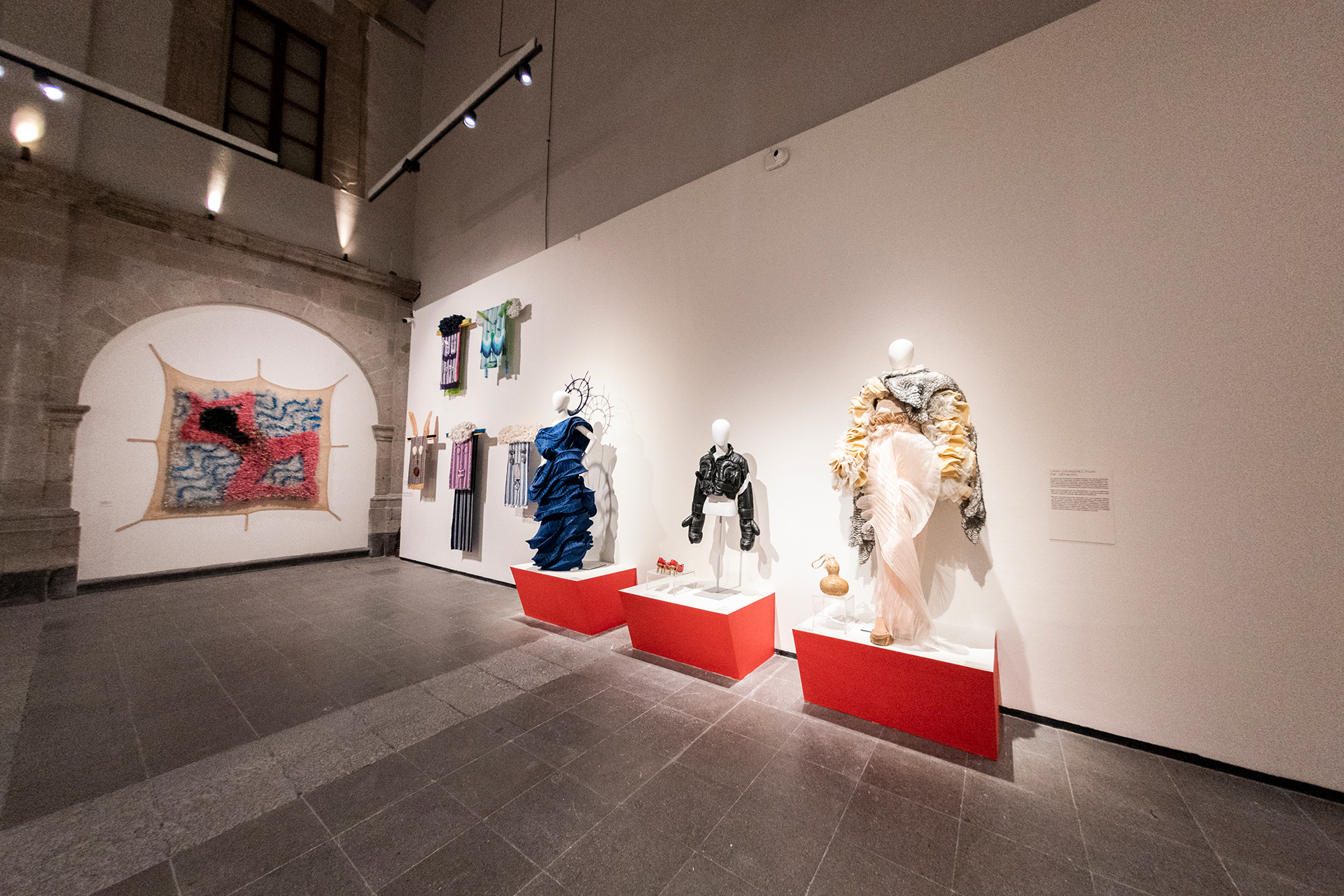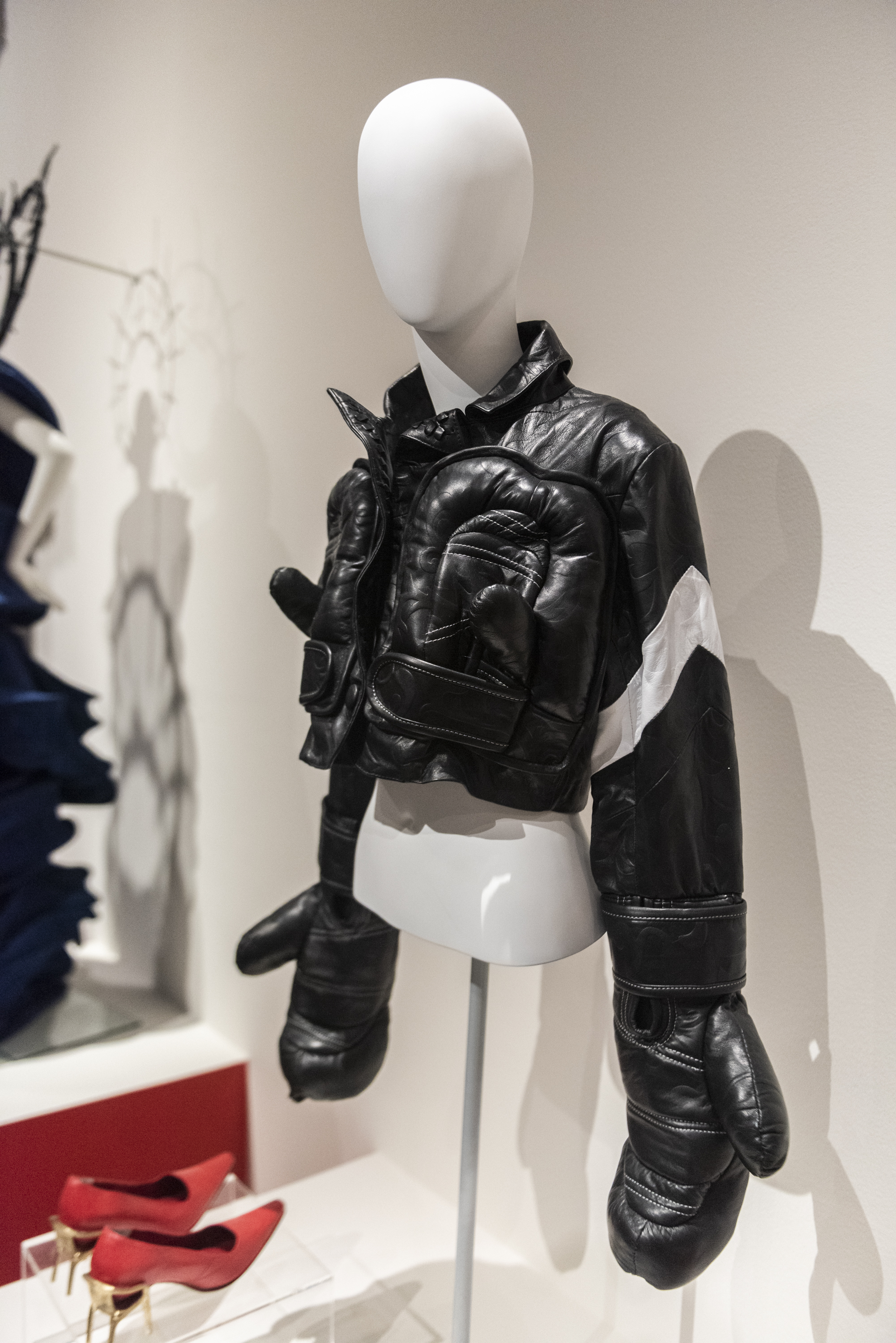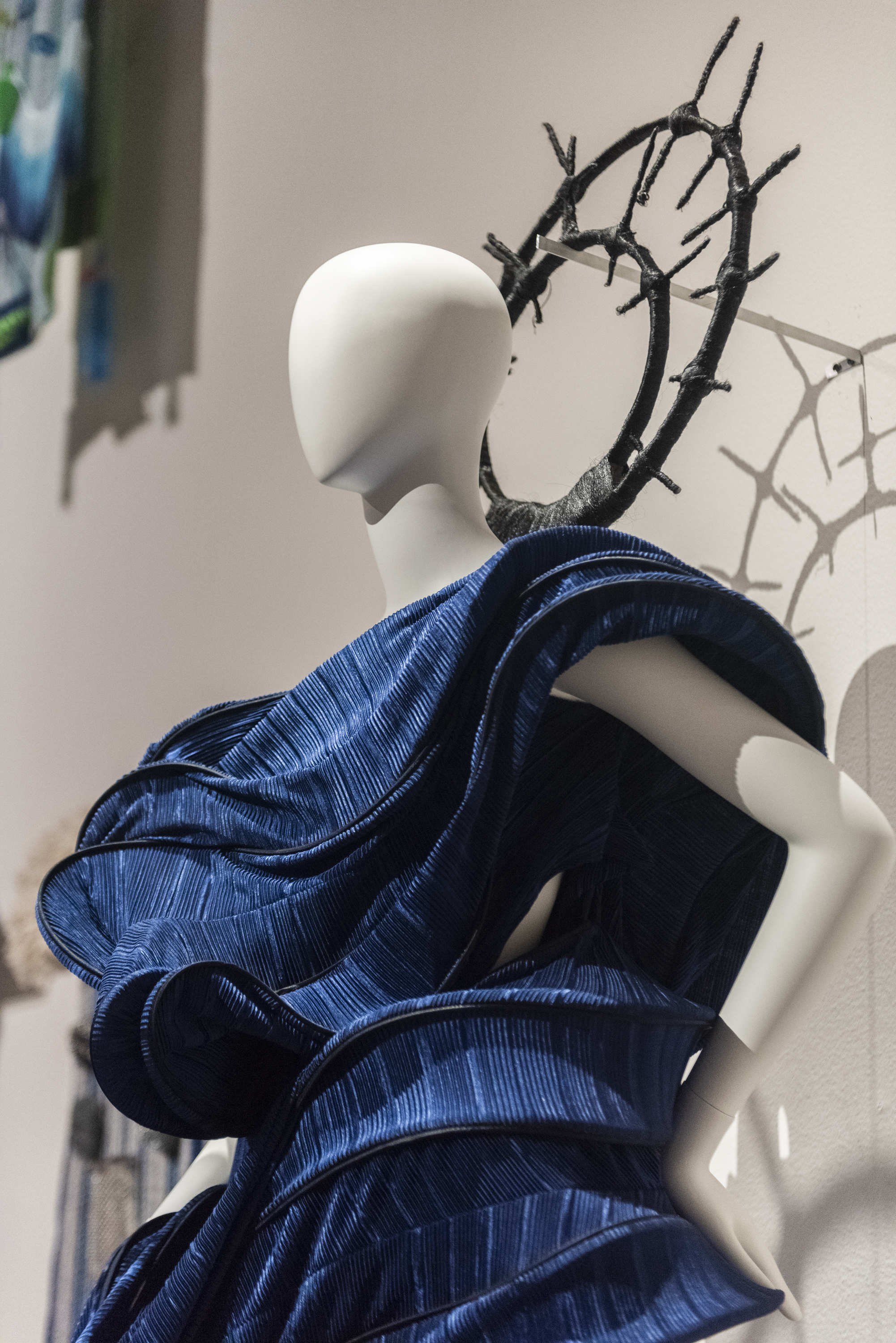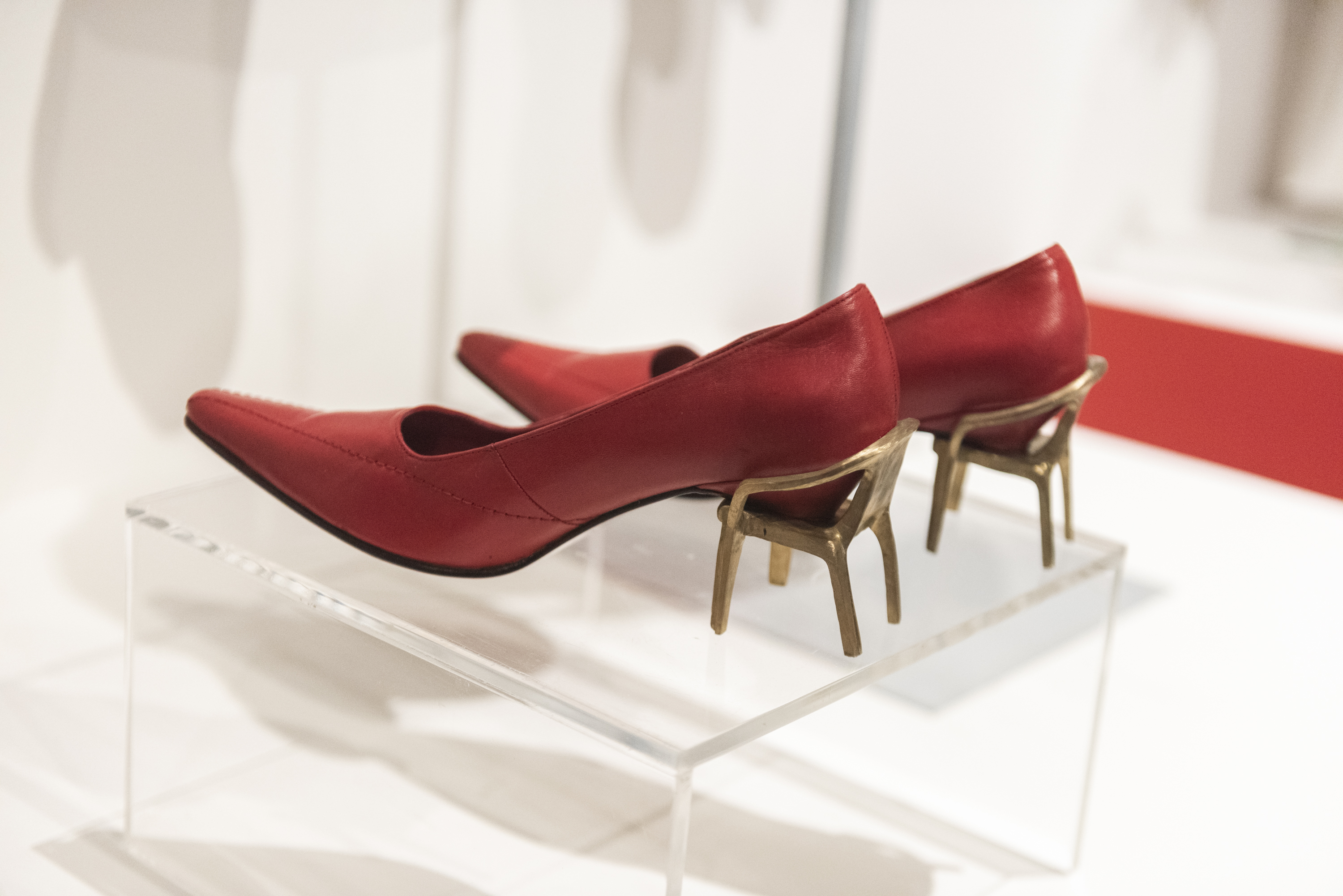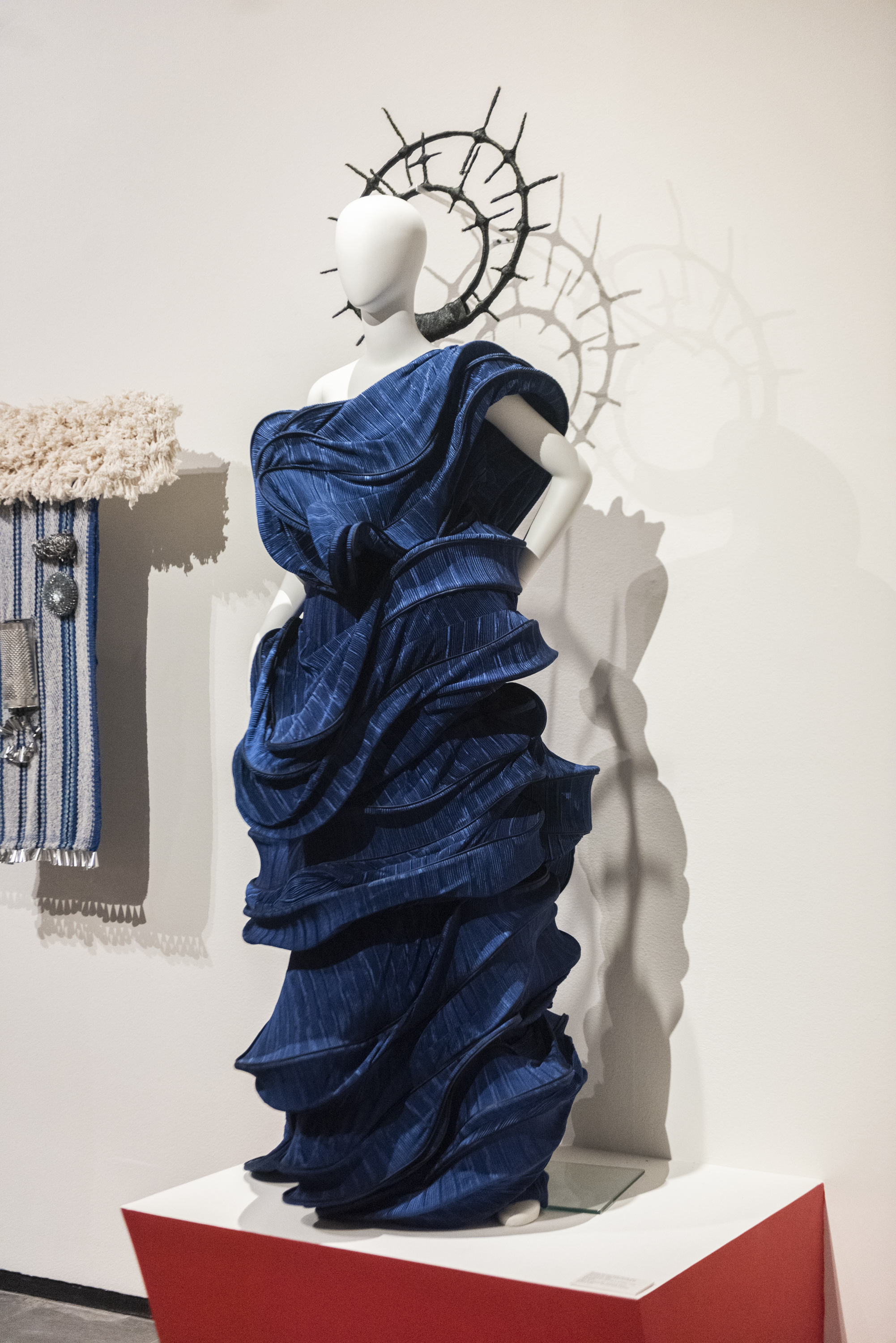The history and practice of design were established from a male perspective. The foremost men designers predominated in books and historical records, occupied the pages of magazines and were those who registered the most patents. In contrast, women designers have had to face enormous gender prejudice, which has prevented some from fully developing their practice and left others out of the historical narrative. Given the longstanding patriarchal gaze, which has permeated textbooks, academic programs, and exhibitions, it is essential to explore new pathways that take us to the careers of women designers in Mexico: their contributions, ideas, political and labor stances, their social and professional networks, and their designs.
Design in a Feminine Key: Mexico 1940–2022 gives us a closer look at design created by almost four generations of women in Mexico, promoting reflection on their advances and achievements. More than offer a fundamentalist, historical review, the exhibition showcases, reviews, and documents the work of a community of women who have chosen to make design their profession and way of life.
In addition to including pieces by Mexican and foreign women designers
who have developed their practice in Mexico, from the Modern period to the
present, there are also works by Indigenous women, active in the twentieth century and today, who are commonly referred to as “artisans.” Their practice can also be defined as “design,” but they have been overlooked by the discipline because of discrimination, racism, and other cultural and social blinders.
Organized into three major sections and eight themes, the exhibition seeks
to spotlight a sweeping panorama of the participation of women in design in Mexico since 1940. At the same time, it explores different trends and dimensions of design that have prevailed in collective ideological meanings and the supposedly feminine practice of design: from weaving, to embroidery and textiles, and jewelry, always associated with “female” practice; to notions of “handmade” and “industrial” production; as well as graphic design as the first dimension of visible and professional design in the country, to the development of animation and the production of biomaterials, practices that are part of current discourses and that show the broad intellectual spectrum of women in design.
In a world in which the binary categorization of gender (female-male) is
questioned in an increasingly explicit and contentious way, it is important to think about the very term “feminine” and its cultural categorization. It is also worth considering women’s production in the branches of design, the difficulties, not to mention the opportunities they have found and the paths that can be taken in the future.
The range of works on display invites viewers to reappraise the notion of
women’s design and expand the narrative that can be created around women in design.
